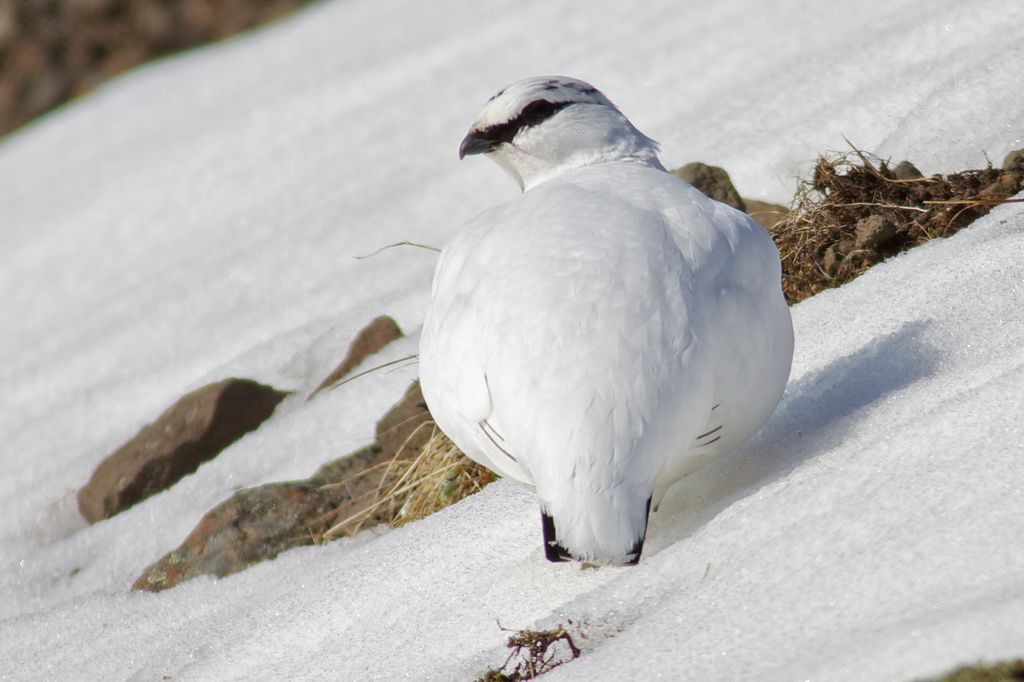The Reindeer love Munros! In fact, it could be said that they are our resident ‘Munro baggers’ in the Cairngorms, although, plenty of reindeer herders would also be contenders for that crown.
A ‘munro’ is any Scottish mountain above the height of 3,000 feet (914.4 metres) that has been recognised by the Scottish Mountaineering Club (SMC). And a ‘munro bagger’ is anyone (person, or perhaps any animal?) engaged in the activity of climbing all of the listed Munros.
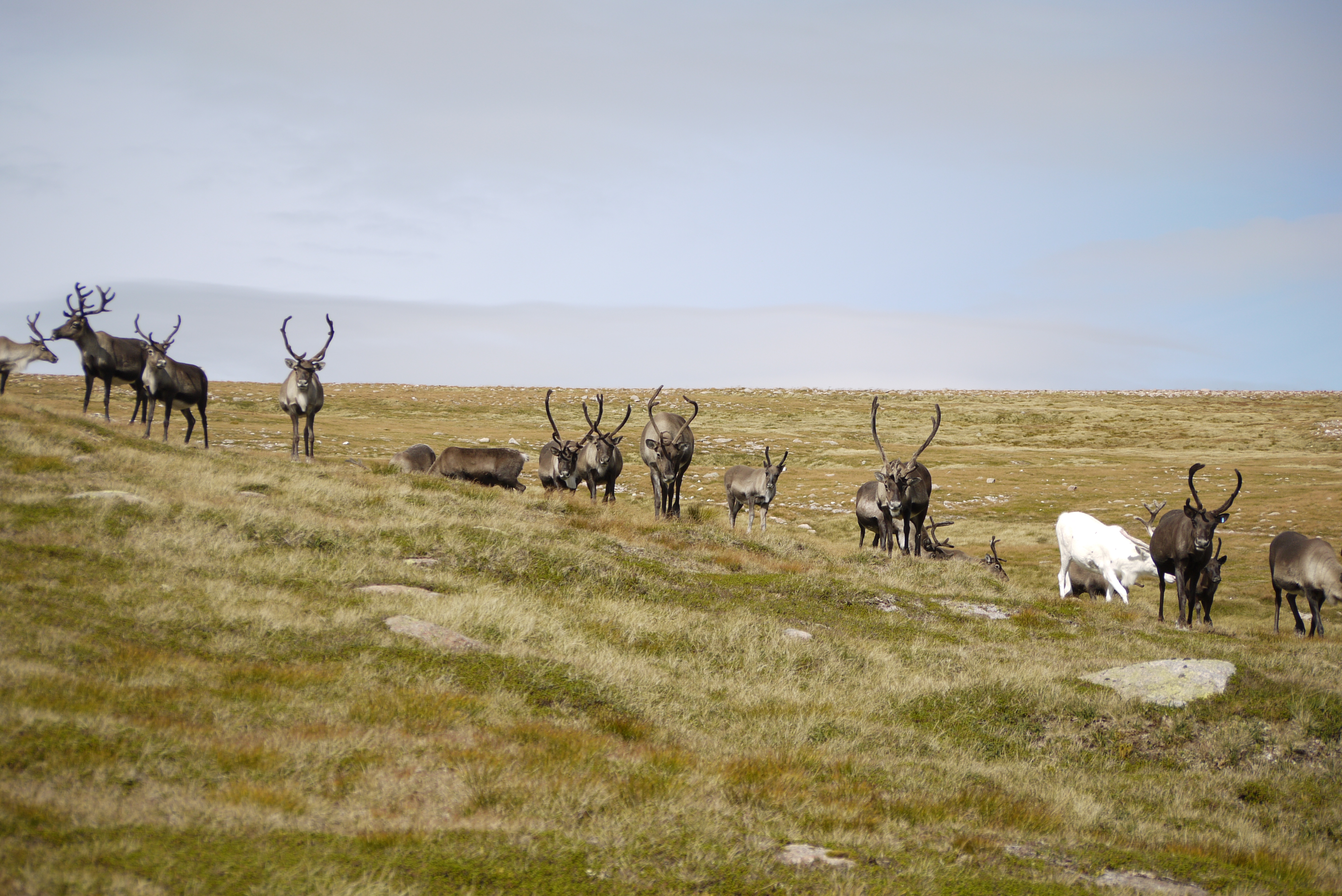
Tilly, the owner of the Cairngorm Reindeer Herd, finished climbing all of the 282 Munros in 2019 with Moskki – her dog – completing most of them alongside her. Moreover, Alan (Tilly’s husband and fellow owner of the herd) and Joe (Tilly’s possible future son-in-law…) (Editors note: Ben is solely responsible for writing this and none of the rest of us are claiming any responsibility!) are other herders who have climbed all 282 munros.
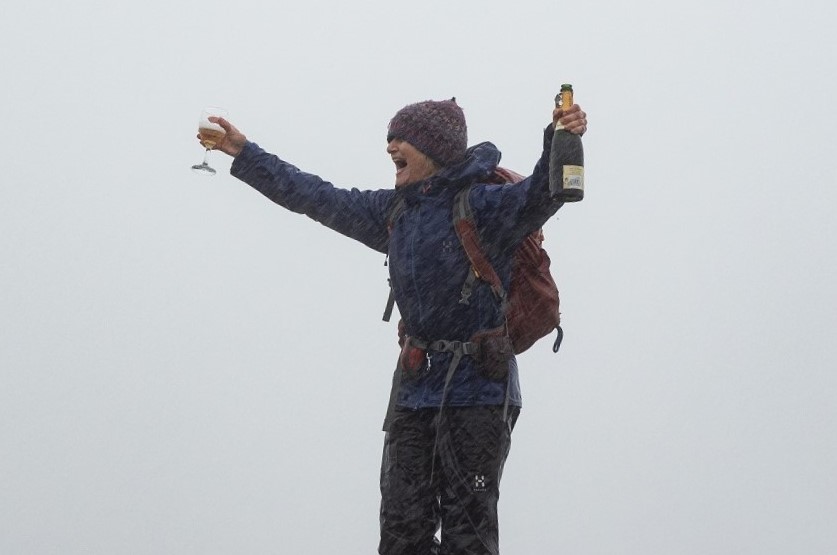
Maybe that’s why reindeer herders feel such a connection to the reindeer…they both love the high tops. The reindeer are often found around Cairn Gorm Mountain, the 6th highest of the munros. They love the cooler air and vegetation that comes with being at a higher altitude. Occasionally they stray further afield and need bringing back into the areas they’re allowed to be in, which requires us heading out into the hills and bringing them home – potentially bagging a munro en-route.
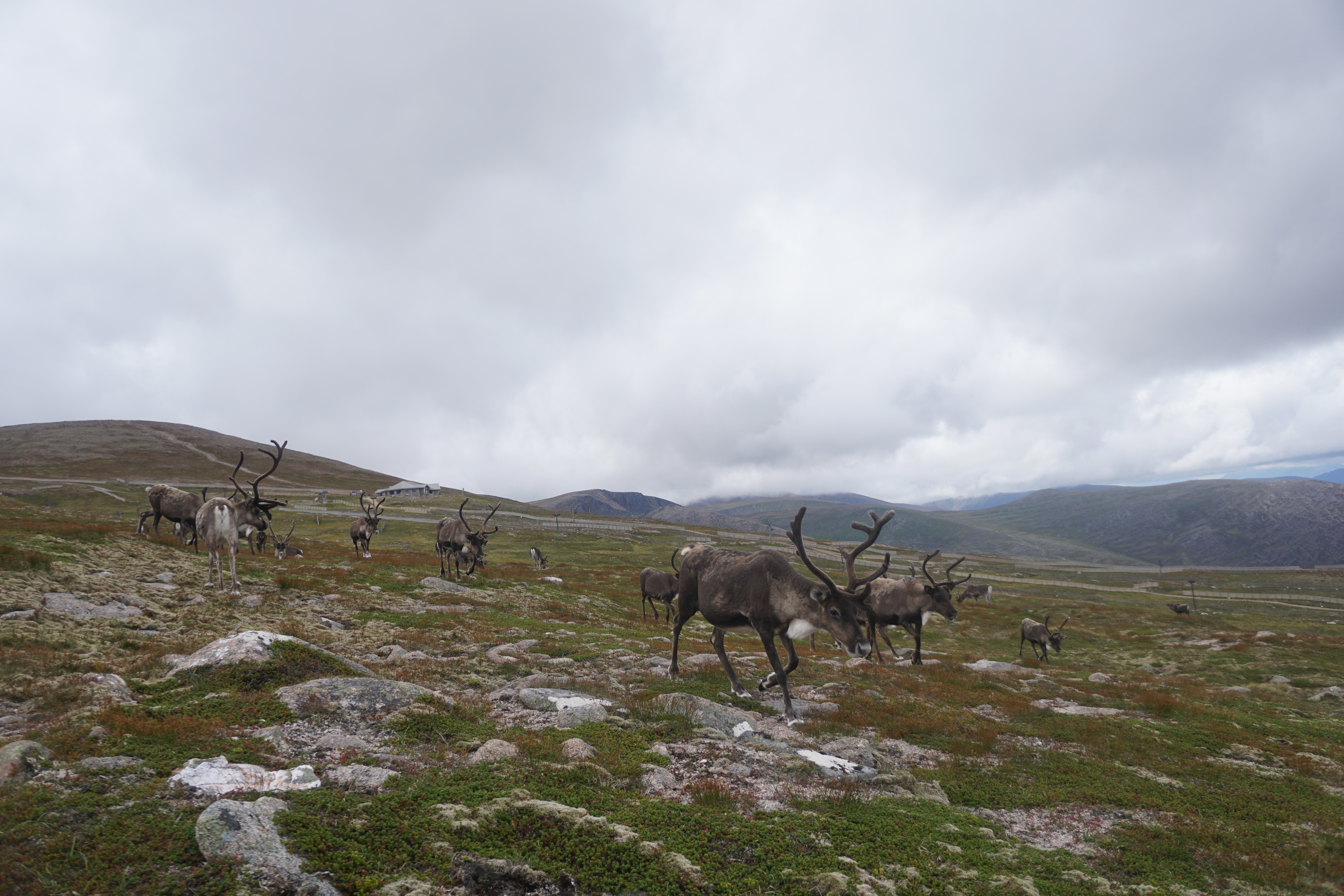
The Cairngorm Mountains are blessed with many of the highest mountains in the British Isles. The second highest in the U.K. is Ben Macdui (Ben Macduibh in Gaelic), with its height recorded at 1309 metres. And the third (Braeriach), fourth (Cairn Toul), fifth (Sgor an Lochain Uaine) and sixth (Cairn Gorm) highest U.K. mountains are also located here in the Cairngorms.
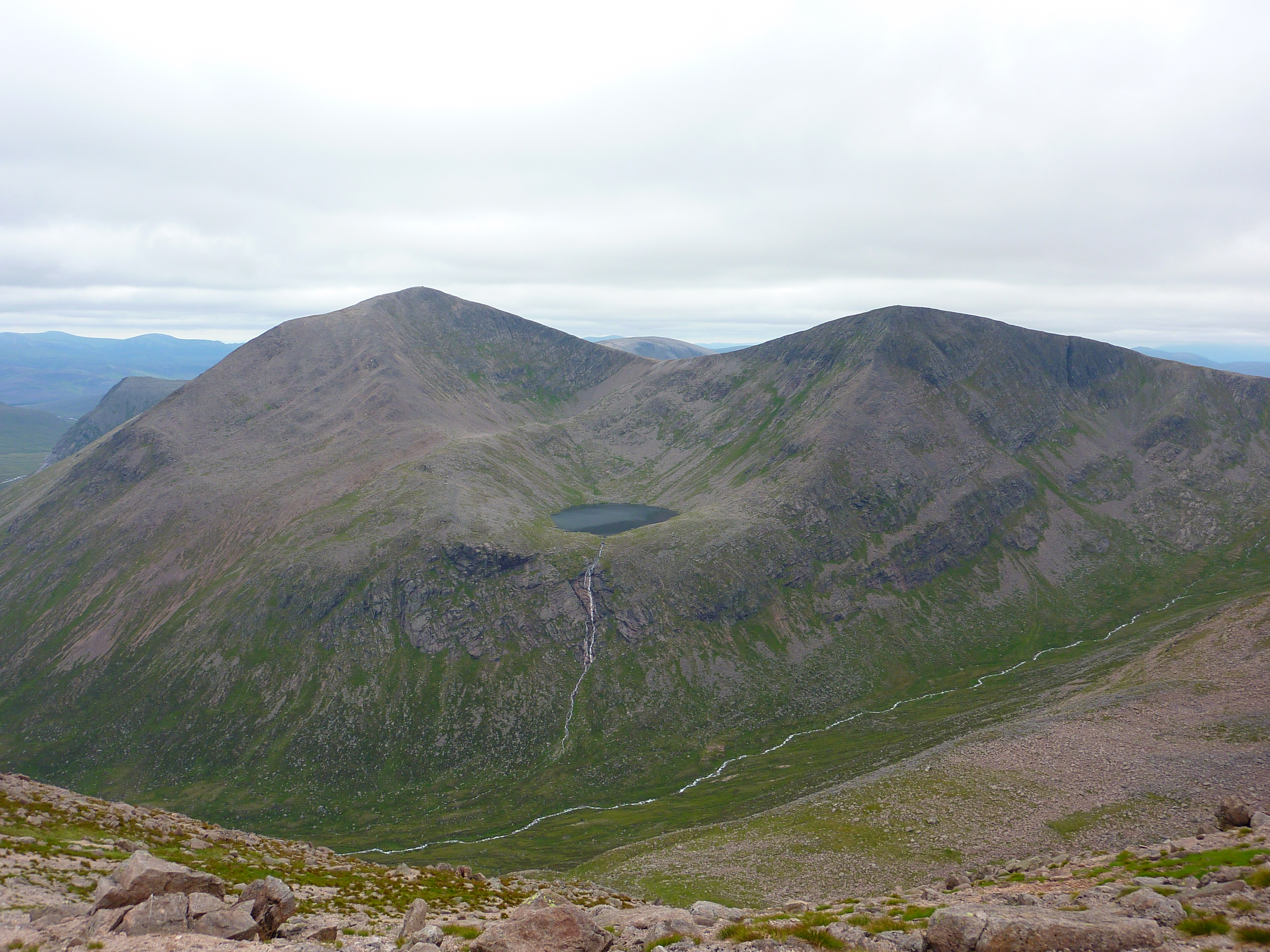
As of July 2nd 2020, 6,768 people have reported completing the round of Munros (although the SMC would rather have the spelling as ‘compleating’!). But if there was a local record for the Cairngorm Mountains, reindeer would have ‘bagged’ more than a lot of the UK population, amongst which I suspect the average climbed to be very, very small!
As a sort of epilogue, I thought it interesting that the SMC recognise six peaks in England, fifteen in Wales and thirteen in Ireland that would be classified as munros or ‘munro tops’ (a peak over 3000′, but one considered a subsidary top of a nearby munro) . That just goes to show how plentiful and large the Scottish hills are in comparison to the rest of the U.K.
Ben




